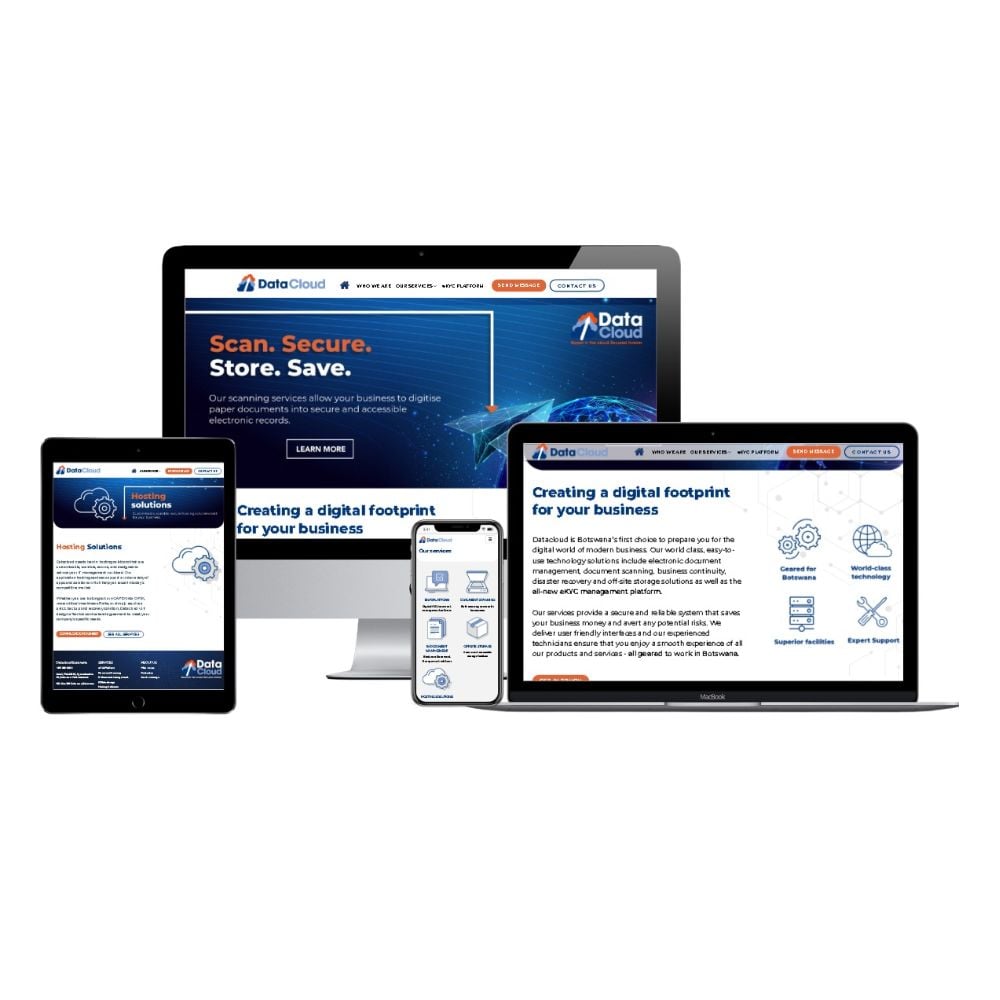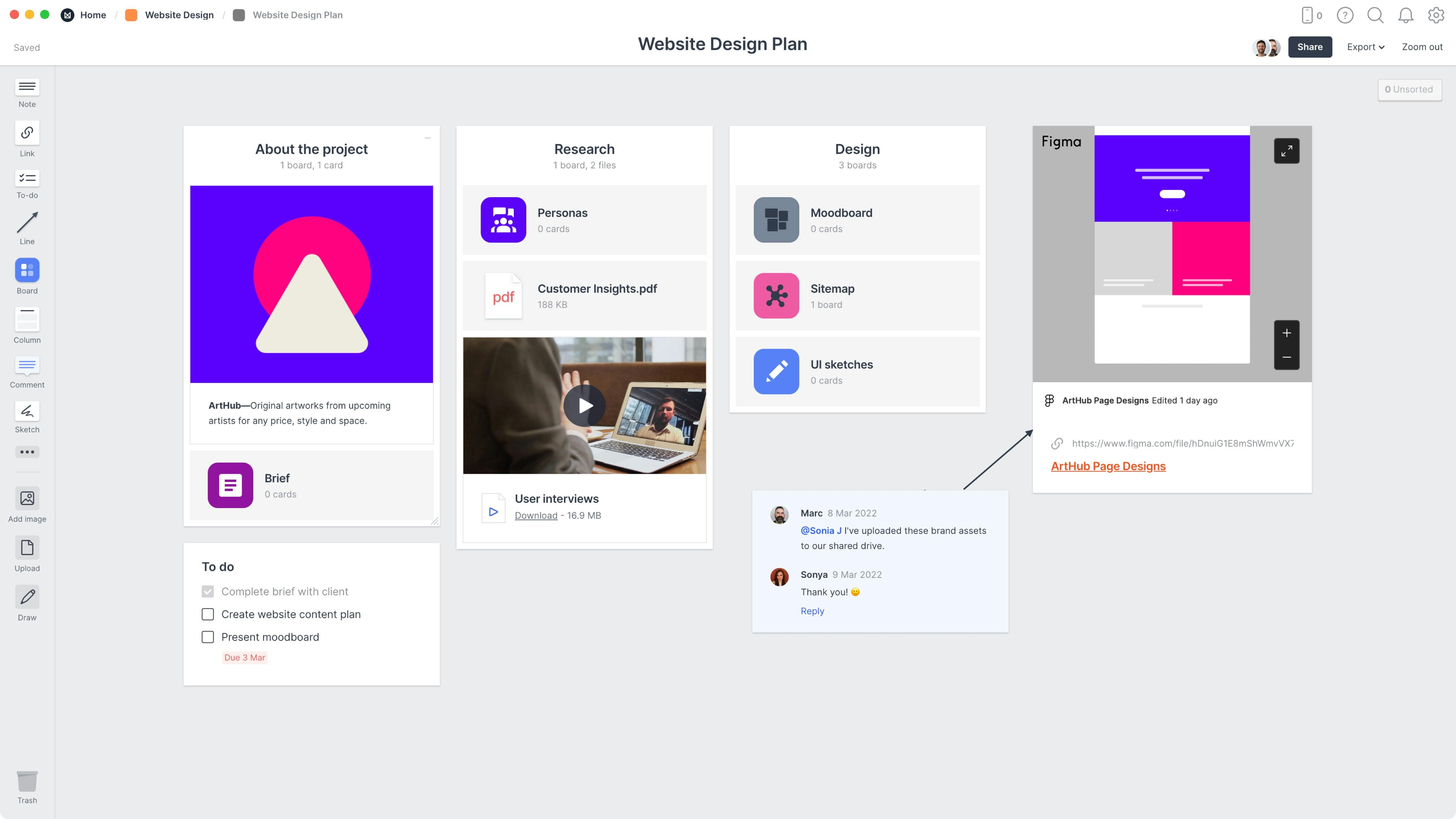Comprehending the Role of Typography in Website Design Excellence
Comprehending the Role of Typography in Website Design Excellence
Blog Article
Maximize Engagement: Proven Techniques for Outstanding Site Layout
Comprehending exactly how effective navigating, aesthetic pecking order, and web content optimization converge to improve individual engagement is vital for any kind of company seeking to make a significant impact. As we discover numerous tested techniques that add to impressive website layout, the interaction in between these aspects exposes not just finest methods yet likewise ingenious strategies that can raise individual experience.
Importance of User-Centric Style
User-centric style is vital in developing effective web sites, as it prioritizes the demands and preferences of completion customer from the actual start of the style process (website design). This approach guarantees that the website is customized to provide an optimum experience for customers, facilitating involvement and satisfaction. By understanding user actions, goals, and pain points, developers can create interfaces that reverberate with their target audience and cultivate a sense of connection
Implementing user-centric design involves considerable study, consisting of user personalities and trip mapping, which aid in identifying the certain needs of different customer sections. This data-driven approach enables for informed choices regarding material, layout, and functionality, eventually bring about the development of an extra intuitive and attractive internet experience.
In an affordable digital landscape, focusing on user-centric layout is not simply beneficial; it is essential for driving involvement, decreasing bounce rates, and cultivating user commitment. Effective internet sites are those that reverberate with customers, making user-centric layout a basic principle for successful internet development.
Reliable Navigating Methods
A well-structured navigation system is a keystone of efficient web site layout, building straight on the principles of user-centric style. Effective navigation enables individuals to find info swiftly and with ease, enhancing their overall experience and encouraging longer visits.
To attain this, think about executing a clear hierarchy in your navigating food selection. Key classifications need to be promptly noticeable, while subcategories can be disclosed via dropdowns or expandable menus. This company assists customers prepare for where they could locate appropriate material, lowering aggravation.

Uniformity is crucial; utilize acquainted terminology and design elements throughout the site to prevent confusion. Breadcrumb tracks can also be beneficial, supplying users with contextual recognition of their area within the site and allowing very easy backtracking.
Last but not least, make sure that your navigating is mobile-friendly and receptive. As more users access web sites through smart phones, adjusting your navigation for smaller sized displays is important for keeping use and accessibility. By focusing on these approaches, you can develop a seamless navigation experience that maintains users involved.
Visual Hierarchy and Design
Establishing a clear aesthetic power structure is necessary for leading users via a site's material effectively. A well-structured format not only enhances user experience but additionally influences just how visitors perceive and engage with details. By tactically employing dimension, spacing, shade, and contrast, developers can develop centerpieces that draw interest to one of the most crucial elements, such as headings, contacts us to action, or pictures.
Including a grid system can better enhance aesthetic hierarchy by providing a constant structure for material positioning. This organization permits individuals to navigate the site with ease, making it less complicated to absorb info (website design). In addition, the use of whitespace is important; it produces breathing area around aspects, lowering cognitive overload and stressing crucial web content

Web Content Optimization Strategies
While creating aesthetically attractive layouts is very important, the performance of an internet site ultimately pivots on just how well its web content is optimized for both search engines and user engagement. Web content optimization includes a critical strategy that boosts visibility and relevance, eventually driving traffic and keeping visitors.
First, keyword study is basic. Recognizing pertinent keywords that straighten with customer intent permits the integration of these terms normally into headings, message, and meta summaries. This not only helps in placing higher on online search engine yet additionally enhances the clearness of content for users.

In addition, optimizing for local search engine optimization can increase engagement for region-specific audiences. Incorporating local key phrases and creating content that addresses local interests enhances importance.
Last but not least, regularly upgrading material ensures that it continues to be important and fresh, appealing to both search engines and returning individuals. By concentrating on these content optimization strategies, organizations can produce an engaging on the internet existence that cultivates communication and drives conversions.
Receptive and Mobile-First Approaches
Individual interaction and content exposure are significantly affected by the capability of an internet site to adjust seamlessly across various tools. With the increase of mobile surfing, employing receptive style and mobile-first strategies has actually become essential for reliable web growth. Responsive design makes certain that a single website layout adjusts fluidly to various display sizes, from desktop computers to smartphones, thereby giving a consistent customer experience.
On the other hand, a mobile-first my sources strategy prioritizes the mobile user experience throughout the design process. Deliberately for smaller displays originally, designers can focus on necessary attributes and enhance efficiency, guaranteeing that individuals are not overwhelmed by unnecessary material. This strategy likewise enhances packing times, which is crucial for retaining visitors.
Both strategies contribute to greater engagement article source prices, as individuals are more probable to engage with a website that is straightforward and visually appealing. Moreover, internet search engine favor mobile-optimized websites in rankings, consequently improving visibility. In summary, embracing mobile-first and receptive layout methods is critical for optimizing customer engagement and guaranteeing that web content stays accessible and efficient across all tools.
Final Thought
Effective navigation approaches, a distinct visual pecking order, and optimization of content substantially enhance customer experience. Collectively, these strategies not just help with details retrieval but additionally foster deeper customer communication, eventually adding to greater engagement rates and total site success.
As we discover various proven techniques that contribute to exceptional site design, the interplay in between these components reveals not only best methods but likewise cutting-edge techniques that can raise user experience.User-centric style is vital in creating reliable web sites, as it prioritizes the needs and choices of the end customer from the actual start of the layout procedure. Efficient sites are those that reverberate with customers, making user-centric design an essential concept for successful internet advancement.
Receptive layout ensures that a single website design changes fluidly to various screen dimensions, from desktops to smartphones, consequently giving a regular customer experience.
In recap, adopting receptive and mobile-first layout techniques is essential for making the most of user involvement and making sure that material stays obtainable and efficient across all gadgets.
Report this page